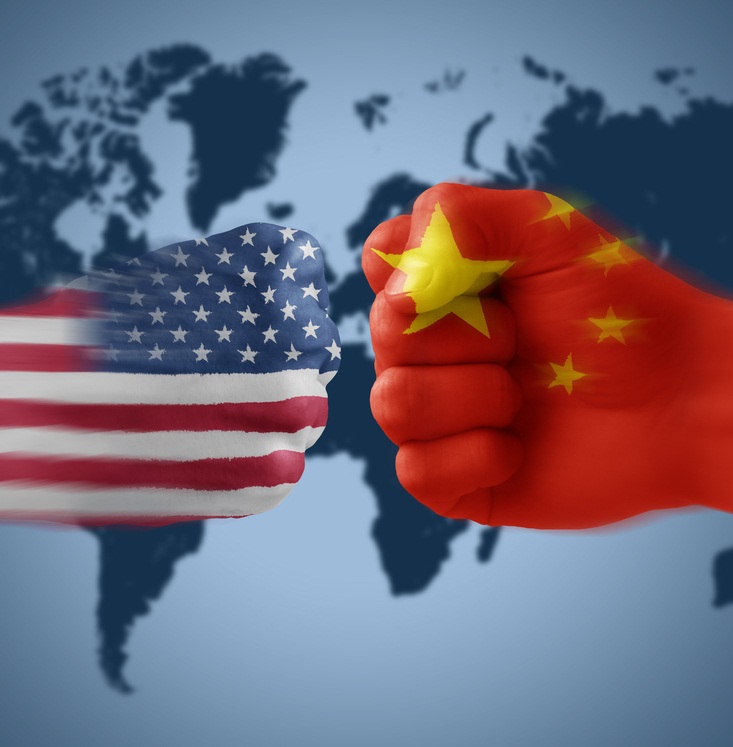

The attempt by the United States to stop Chinese firms acquiring chip-making equipment to make advanced semiconductors, may not be working as intended.
Reuters, citing an annual report, released by the US-China Economic and Security Review Commission (an independent agency of the US government) found that Chinese companies are buying up US chip-making equipment to make advanced semiconductors, despite new export controls.
The US had announced its sweeping export controls for semiconductor manufacturing equipment and chips to China in October 2022, in an effort counter Beijing’s use of the chips for military applications. It sought to ban the export of equipment that could be used to make advanced chips at the 14 nanometre node or below.
Then in October 2023 the US further tightened those export controls – restricting a broader swathe of advanced chips and chip-making tools, and closing loopholes in the October 2022 export controls.
But now the report from the US-China Economic and Security Review Commission that examined the US Commerce Department’s 14 nanometre restriction limit reported that “importers are often able to purchase the equipment if they claim it is being used on an older production line, and with limited capacity for end-use inspections, it is difficult to verify the equipment is not being used to produce more advanced chips.”
In September American officials began investigating after a teardown of a new Hauwei smartphone – the Huawei Mate 60 Pro smartphone – revealed that Huawei and China’s top chipmaker SMIC had built an advanced 7-nanometre processor despite the export curbs announced last year.
Over the past year the US has worked with the Netherlands and Japan to close some loopholes in export restrictions on artificial intelligence (AI) chips, and banning the export of the machines needed to make advanced semiconductors.
But Reuters (citing the report) reported that China had stockpiled equipment by taking advantage of the lagtime between the United States’ October 2022 rules, and Japan and the Netherlands’ similar moves in July and September of 2023 respectively.
“Current investment restrictions are insufficient to stem the flow of US and foreign technology, expertise, and capital into China’s defence sector,” said the report. “Capital and technology flows are often accompanied by technical expertise, managerial acumen, and business networks – factors much more difficult to contain to intended end users.”
“These intangible benefits can help Chinese firms build operational capabilities that are not covered under current screening mechanisms and into which the US government has limited visibility,” said the report.
According to the report, between January and August 2023, China imported $3.2 billion worth of semiconductor manufacturing machines from the Netherlands, a 96.1 percent increase over the $1.7 billion recorded over the same period in 2022.
China’s imports of semiconductor equipment from all countries totalled $13.8 billion over the first eight months of 2023, the report added.
The report does not outline a specific recommendation to address the gaps in the US rules, but urges Congress to request an annual evaluation.
New chapter for famous name from Internet's early days, Napster, has been acquired and will…
Solving not-spots? Ofcom proposal to make UK the first European country to allow ordinary smartphones…
Pioneering robotaxi service from Alphabet's Waymo to go live in Washington DC next year, as…
Dozens of Chinese firms added to US export blacklist, in order to hamper Beijing's AI…
Chinese rival BYD overtakes global revenues of Elon Musk's Tesla, as record number of Tesla…
Messaging app Signal in the headlines after a journalist was invited to a top secret…